Navigating the Festive Landscape of India in 2025: A Comprehensive Guide
Related Articles: Navigating the Festive Landscape of India in 2025: A Comprehensive Guide
Introduction
In this auspicious occasion, we are delighted to delve into the intriguing topic related to Navigating the Festive Landscape of India in 2025: A Comprehensive Guide. Let’s weave interesting information and offer fresh perspectives to the readers.
Table of Content
Navigating the Festive Landscape of India in 2025: A Comprehensive Guide

India, a land of diverse cultures and traditions, celebrates a vibrant tapestry of festivals throughout the year. 2025 promises a captivating calendar of holidays, each with its unique significance and cultural expression. This guide provides a detailed overview of the key holidays in 2025, offering insights into their historical context, religious significance, and cultural practices.
January:
- Makar Sankranti (January 14th): This harvest festival marks the sun’s transition into Makar Rashi (Capricorn), signifying the end of winter and the beginning of longer days. Celebrated across India, it is marked by flying kites, feasting on sesame-based sweets, and bathing in holy rivers.
- Pongal (January 15th-18th): A four-day harvest festival celebrated primarily in Tamil Nadu, Pongal honors the sun god Surya and expresses gratitude for a bountiful harvest. It involves offering rice to the sun god, decorating homes with sugarcane and mango leaves, and preparing traditional Pongal rice pudding.
- Republic Day (January 26th): This national holiday commemorates the adoption of the Indian Constitution in 1950, marking the establishment of India as a sovereign, socialist, secular, democratic republic. It is celebrated with parades, flag hoisting ceremonies, and cultural performances.
February:
- Basant Panchami (February 12th): This festival, also known as Saraswati Puja, marks the arrival of spring and honors the goddess of knowledge, Saraswati. It is celebrated by worshipping Saraswati, offering yellow flowers, and engaging in creative activities like painting and music.
- Holi (March 1st): This vibrant festival of colors celebrates the triumph of good over evil and the arrival of spring. People celebrate by throwing colored powder and water at each other, enjoying traditional sweets, and participating in bonfires.
March:
- Maha Shivaratri (March 11th): This night of worship dedicated to Lord Shiva, the destroyer and transformer, is observed with fasting, chanting, and special puja rituals. It is believed to be a time for spiritual purification and seeking blessings from Shiva.
April:
- Good Friday (April 10th): This Christian holiday commemorates the crucifixion and death of Jesus Christ. It is observed with prayers, church services, and solemn reflections.
- Easter Sunday (April 13th): This Christian festival celebrates the resurrection of Jesus Christ from the dead. It is marked by church services, Easter egg hunts, and festive meals.
- Ram Navami (April 17th): This festival commemorates the birth of Lord Rama, the seventh avatar of Lord Vishnu, and is celebrated with devotional songs, recitations from the Ramayana, and special pujas.
May:
- Buddha Purnima (May 7th): This day marks the birth, enlightenment, and death of Gautama Buddha, the founder of Buddhism. It is celebrated by Buddhists worldwide with meditation, chanting, and visits to temples.
June:
- Eid al-Fitr (June 14th): This Islamic festival marks the end of Ramadan, the month of fasting. It is celebrated with prayers, feasting, and exchanging gifts.
July:
- Guru Purnima (July 16th): This day honors the spiritual teachers and guides, particularly in Hinduism and Buddhism. It is celebrated by offering gratitude to one’s guru and seeking their blessings.
August:
- Independence Day (August 15th): This national holiday commemorates India’s independence from British rule in 1947. It is celebrated with flag hoisting ceremonies, patriotic songs, and cultural performances.
- Raksha Bandhan (August 23rd): This festival celebrates the bond between siblings. Sisters tie a sacred thread called "rakhi" on their brothers’ wrists, symbolizing their protection and love.
September:
- Ganesh Chaturthi (September 2nd): This ten-day festival celebrates the birth of Lord Ganesha, the elephant-headed god of wisdom and prosperity. It is marked by installing Ganesha idols in homes and public places, offering prayers, and performing aarti.
- Onam (September 14th-18th): This harvest festival celebrated in Kerala honors the mythical king Mahabali. It involves decorating homes with floral carpets, preparing traditional Onam sadhya meals, and participating in boat races.
October:
- Dussehra (October 2nd): This ten-day festival celebrates the victory of Lord Rama over the demon king Ravana. It is marked by effigy burning, Ramlila performances, and festive celebrations.
- Navratri (October 2nd-11th): This nine-night festival honors the nine forms of Goddess Durga, culminating in the celebration of Vijayadashami on the tenth day. It is marked by elaborate dandiya and garba dances, fasting, and worshipping the goddess.
November:
- Diwali (November 14th): This festival of lights celebrates the triumph of good over evil and the return of Lord Rama to Ayodhya. It is marked by lighting diyas (lamps), bursting firecrackers, sharing sweets, and worshipping Lakshmi, the goddess of wealth.
- Guru Nanak Jayanti (November 17th): This day commemorates the birth of Guru Nanak, the founder of Sikhism. It is celebrated by Sikhs worldwide with prayers, hymns, and community feasts.
December:
- Christmas (December 25th): This Christian holiday celebrates the birth of Jesus Christ. It is observed with church services, festive decorations, and gift-giving.
- New Year’s Eve (December 31st): This day marks the end of the year and the beginning of a new one. It is celebrated with parties, fireworks, and resolutions for the coming year.
FAQs
Q: What are the most important holidays in India in 2025?
A: The most significant holidays in 2025 include:
- Republic Day: Celebrates India’s democratic republic.
- Holi: Vibrant festival of colors.
- Diwali: Festival of lights, symbolizing the triumph of good over evil.
- Independence Day: Commemorates India’s independence from British rule.
- Onam: Harvest festival celebrated in Kerala.
- Ganesh Chaturthi: Ten-day festival honoring Lord Ganesha.
Q: Are there any holidays specific to particular regions in India?
A: Yes, many festivals are celebrated regionally, reflecting the diverse cultural tapestry of India. Some examples include:
- Pongal: Celebrated primarily in Tamil Nadu.
- Onam: Celebrated primarily in Kerala.
- Bihu: Celebrated in Assam.
- Durga Puja: Celebrated extensively in West Bengal and other eastern states.
Q: How do these holidays impact daily life in India?
A: Holidays in India often bring about a festive atmosphere, with shops and businesses closing for a few days. Many people travel to their hometowns to celebrate with family and friends, leading to increased traffic and travel congestion. Public gatherings, religious ceremonies, and cultural events are common during these periods.
Tips
- Plan your travel in advance: Consider the popularity of certain holidays and book flights and accommodations well in advance, particularly during peak seasons.
- Respect local customs: Be mindful of cultural sensitivities and dress appropriately for religious ceremonies and festivals.
- Embrace the festive spirit: Participate in local celebrations, enjoy traditional foods, and engage in cultural activities to experience the rich heritage of India.
- Learn about the significance of each holiday: Understanding the historical and religious context of these festivals will enhance your appreciation and understanding of Indian culture.
Conclusion
The holidays in India in 2025 offer a unique opportunity to immerse oneself in the vibrant cultural tapestry of the nation. From the joyous celebrations of Holi and Diwali to the spiritual significance of Maha Shivaratri and Buddha Purnima, each festival provides a window into the diverse traditions and beliefs that shape Indian society. By understanding the context and significance of these holidays, one can gain a deeper appreciation for the richness and complexity of Indian culture. As you navigate the festive landscape of 2025, remember to embrace the spirit of celebration, respect local customs, and engage with the vibrant traditions that make India such a captivating and unique destination.
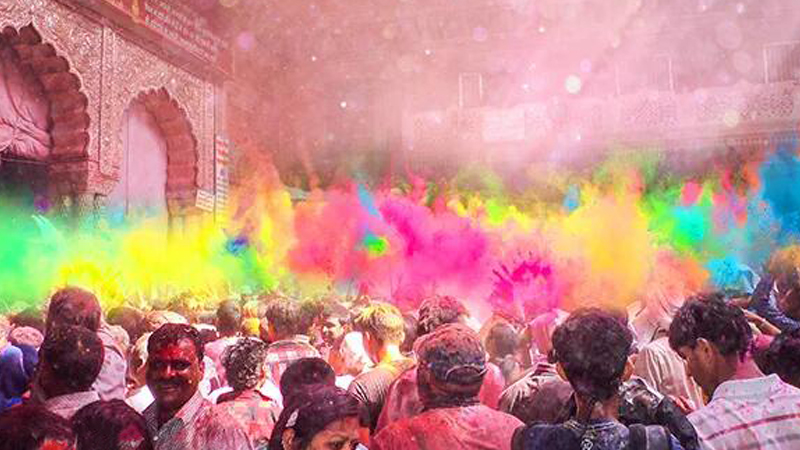

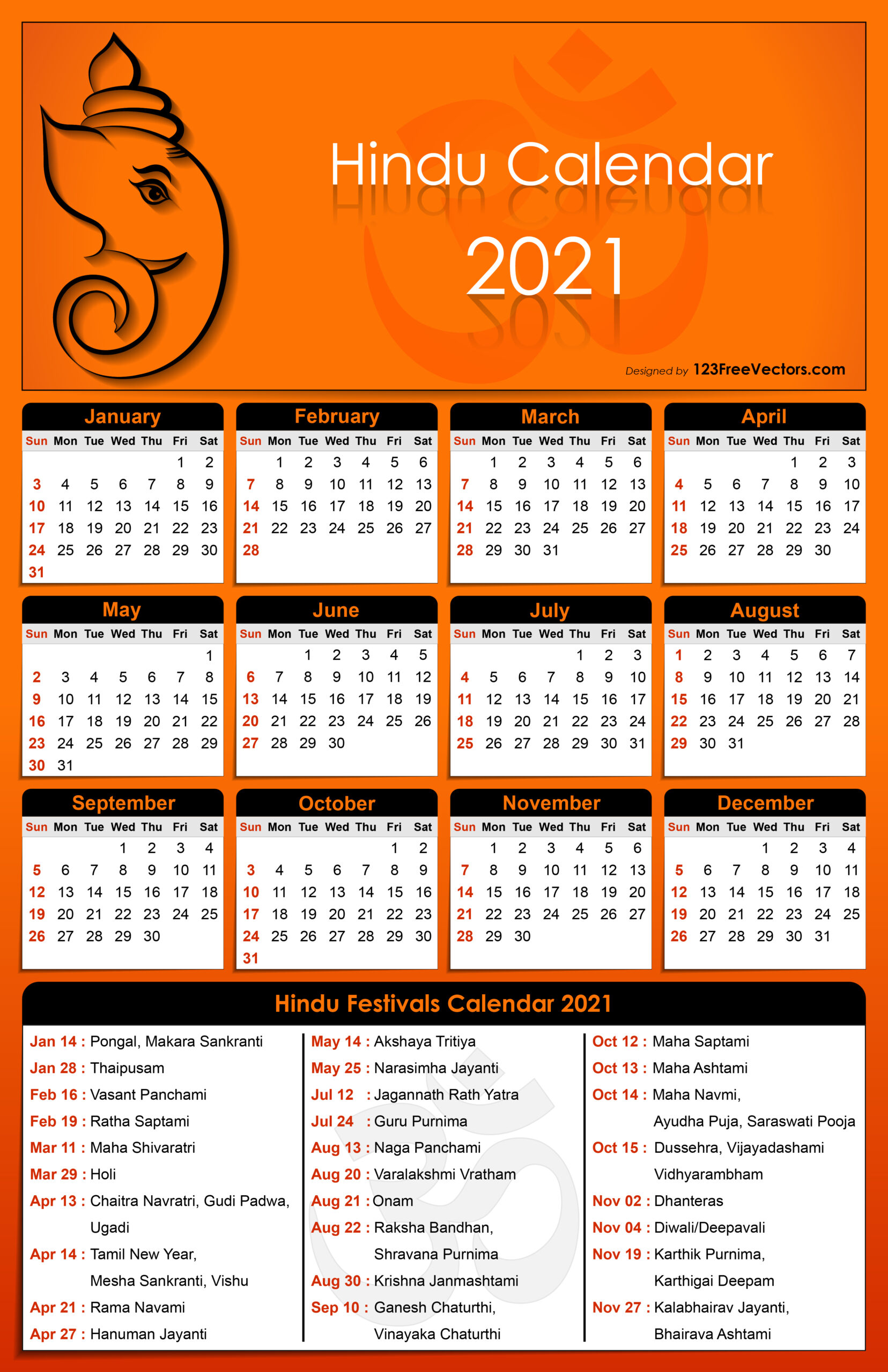
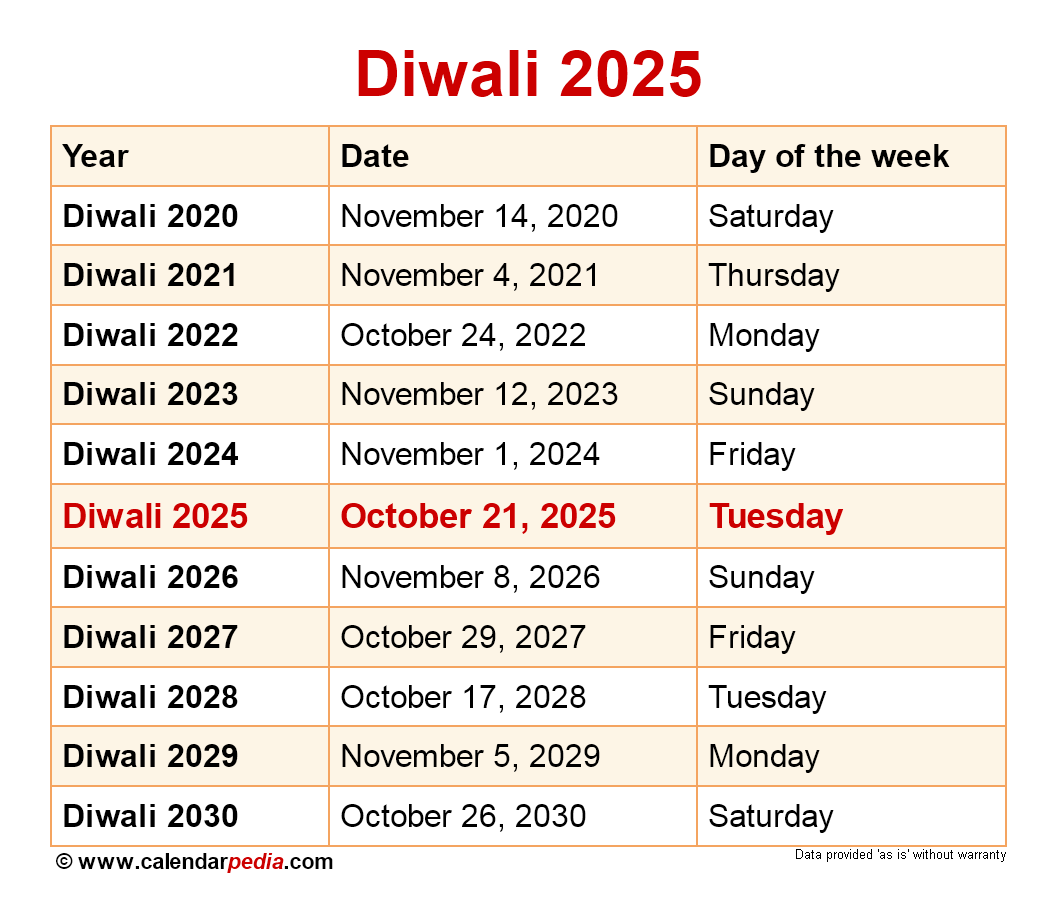
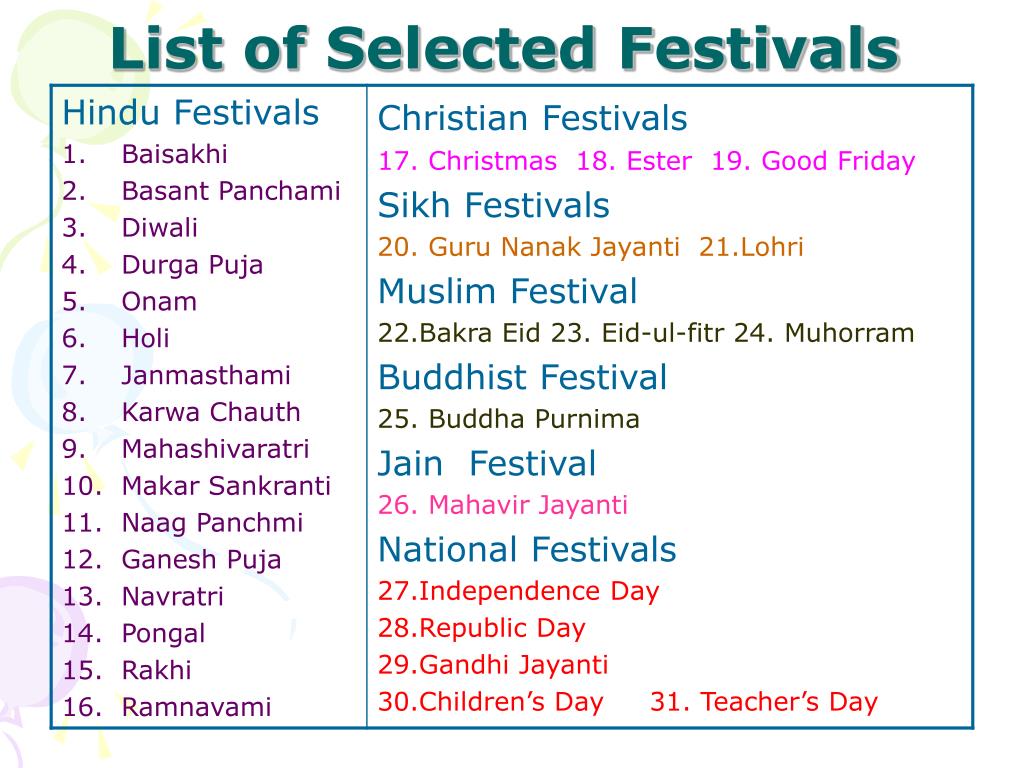
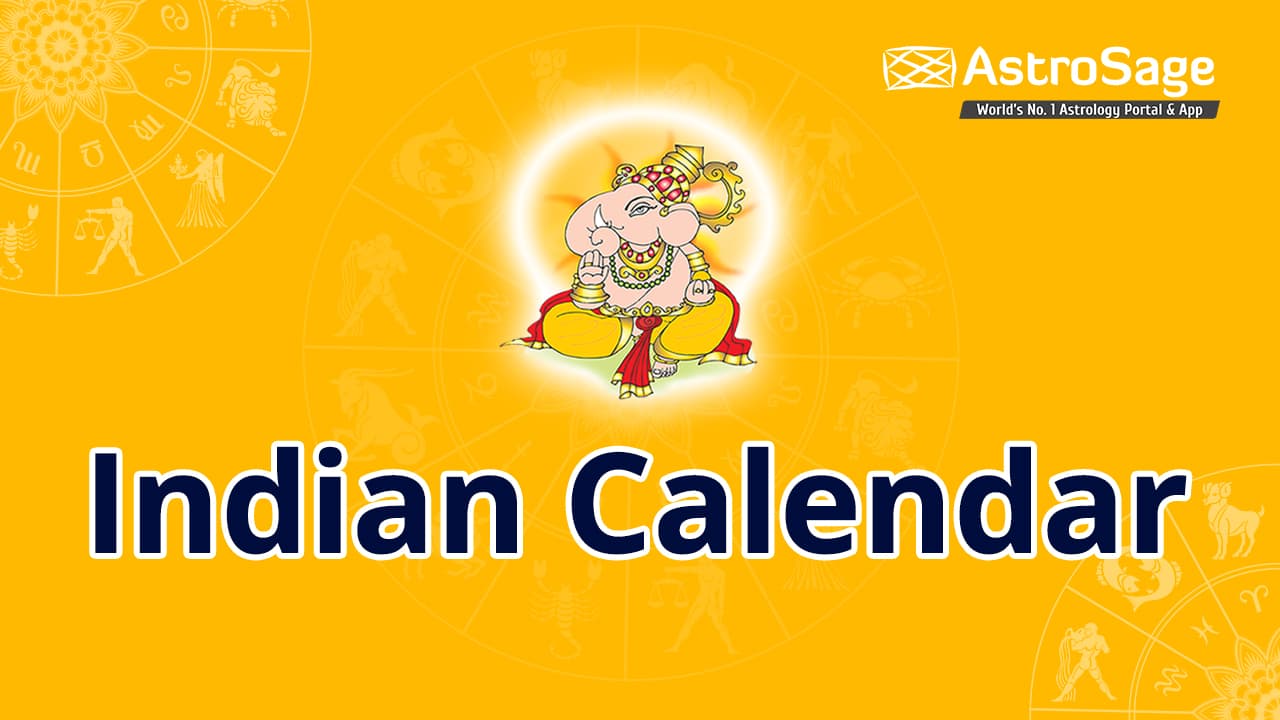
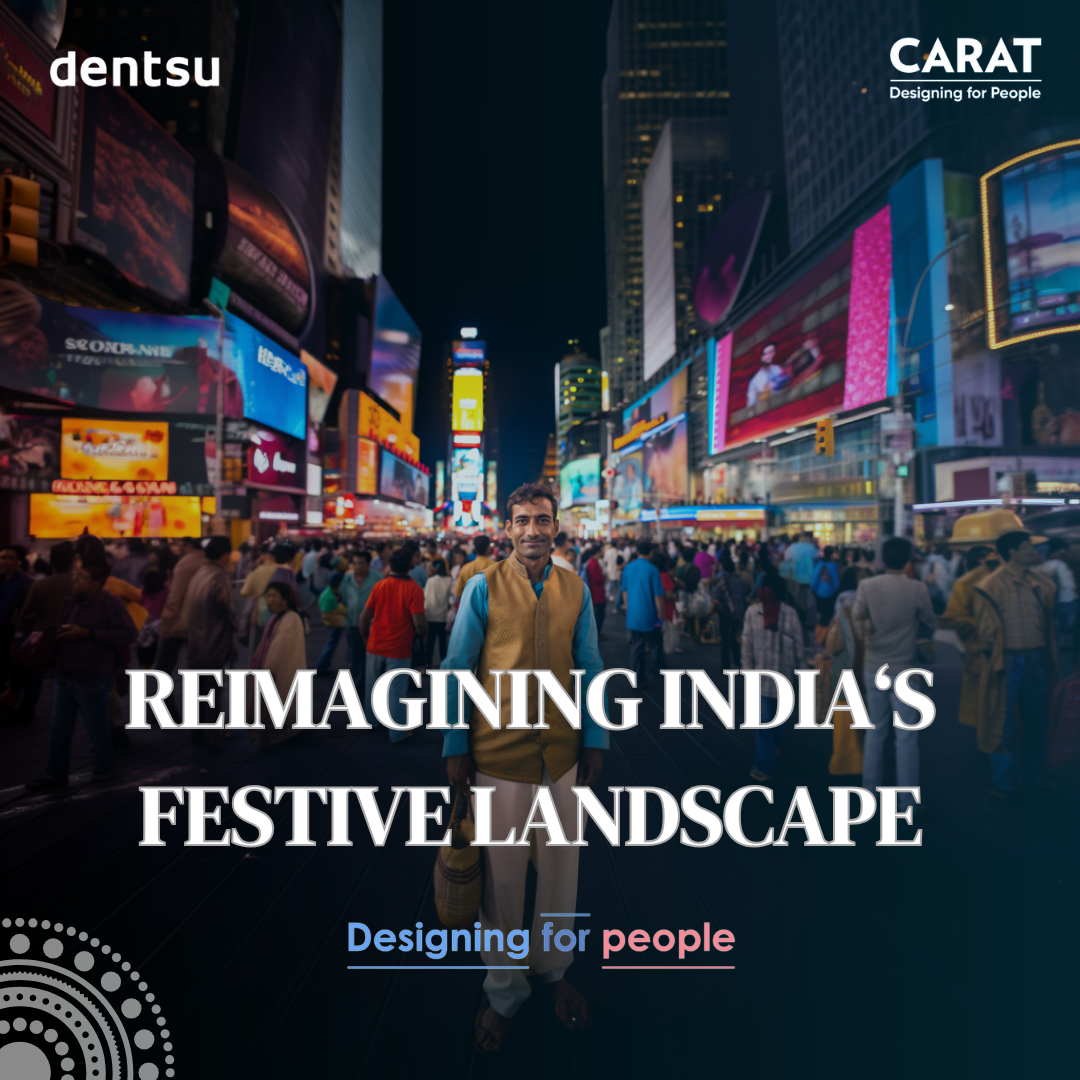
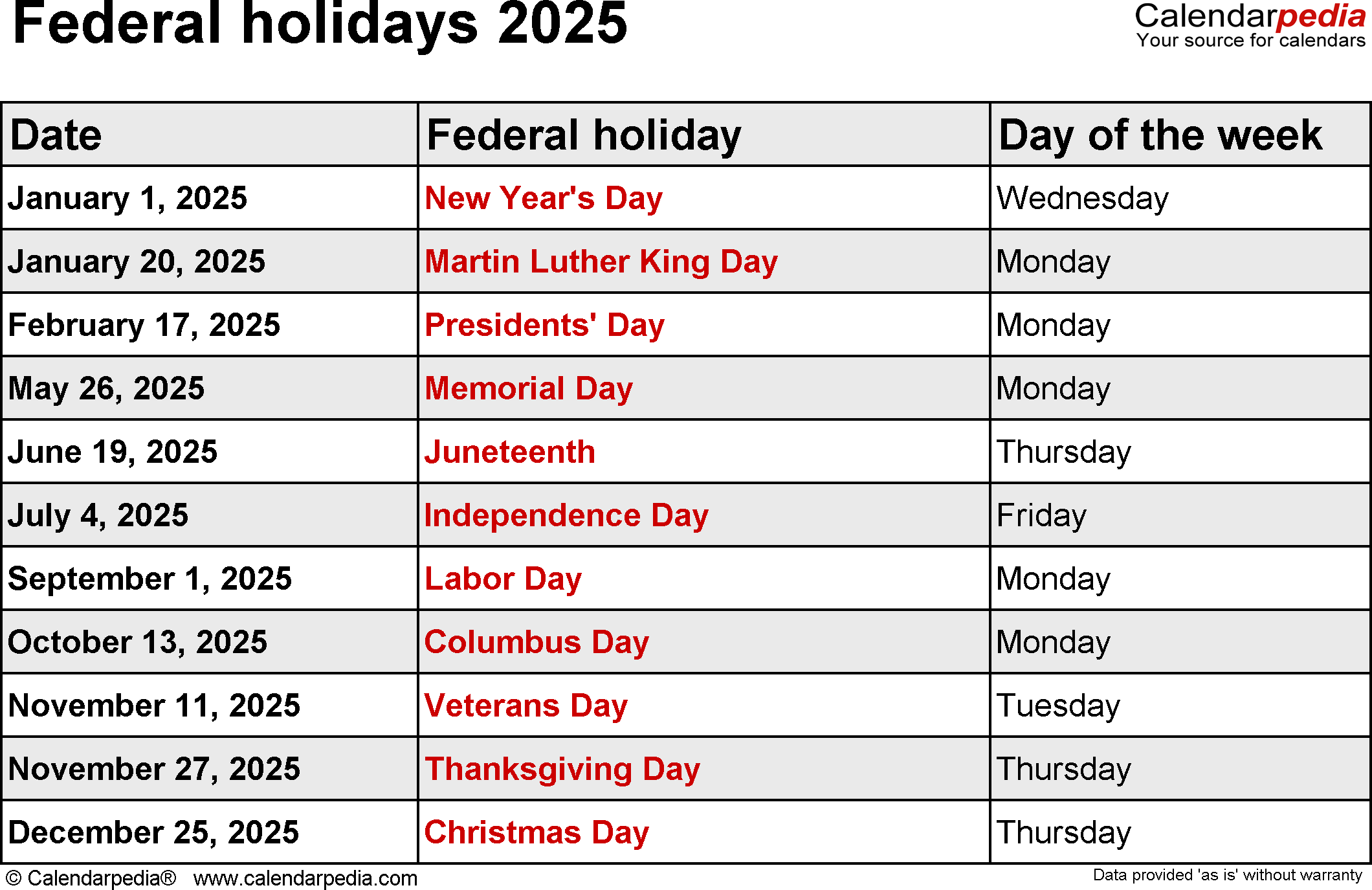
Closure
Thus, we hope this article has provided valuable insights into Navigating the Festive Landscape of India in 2025: A Comprehensive Guide. We appreciate your attention to our article. See you in our next article!